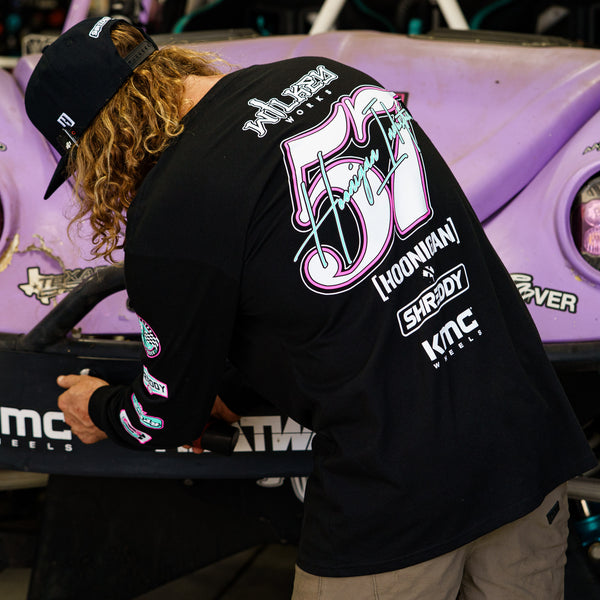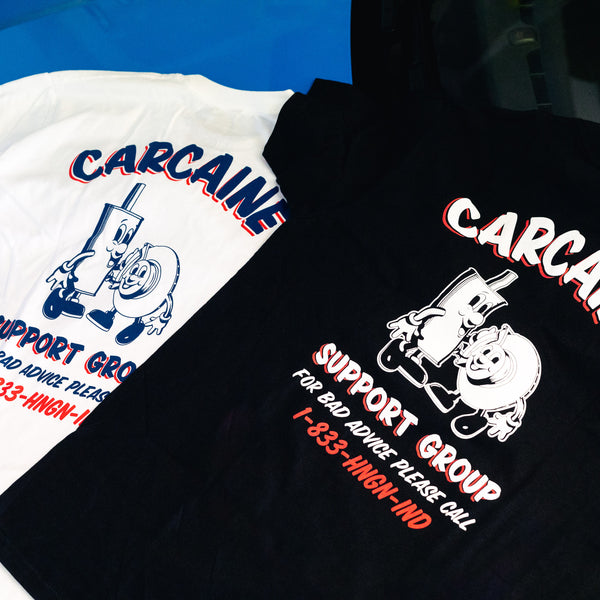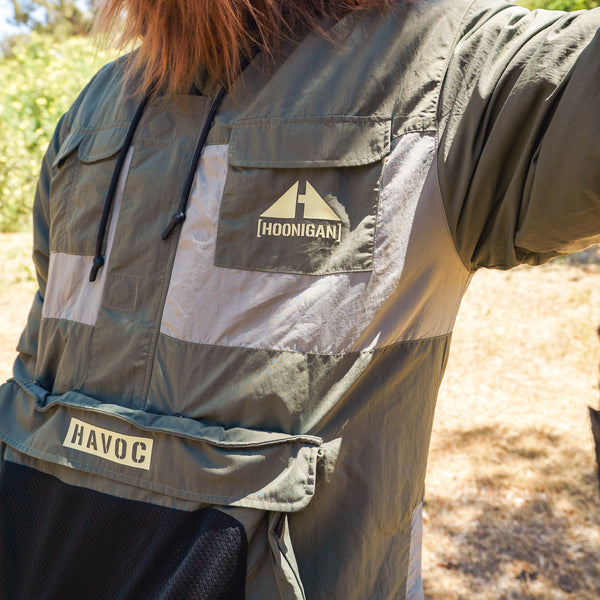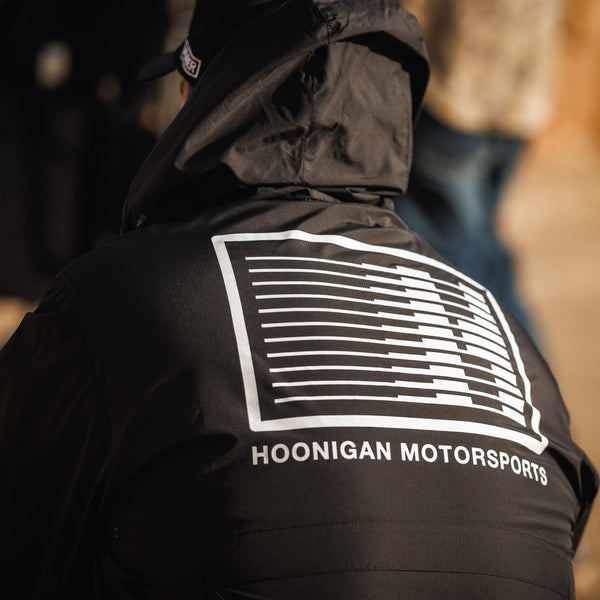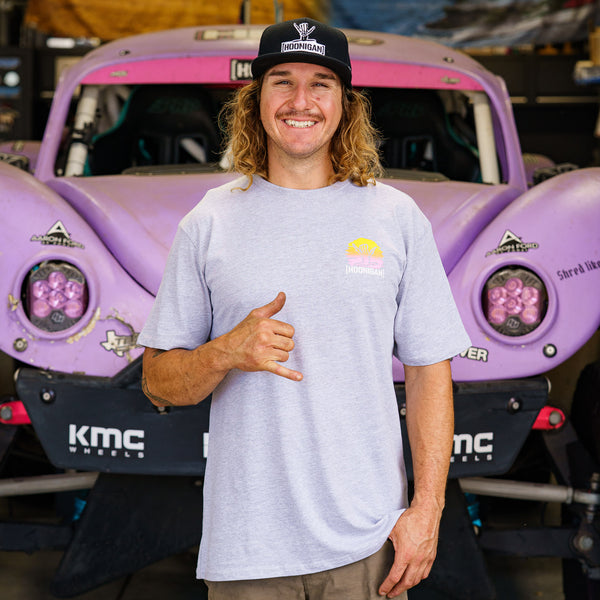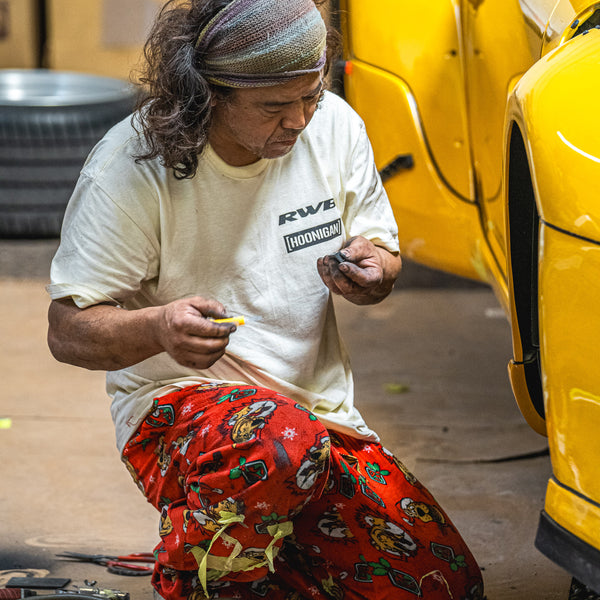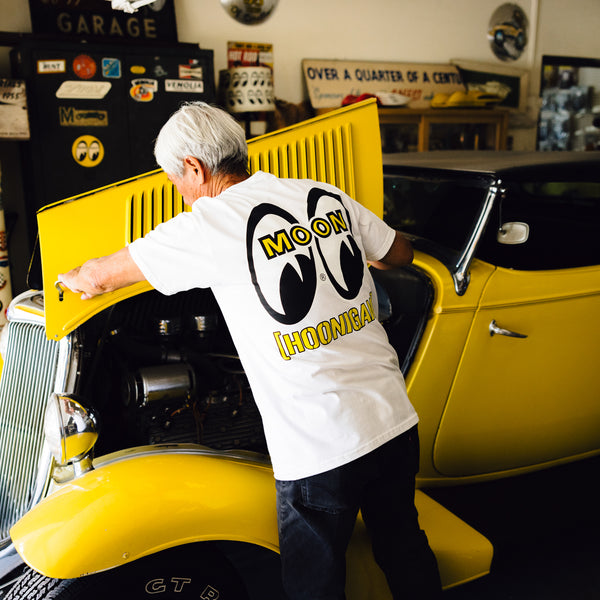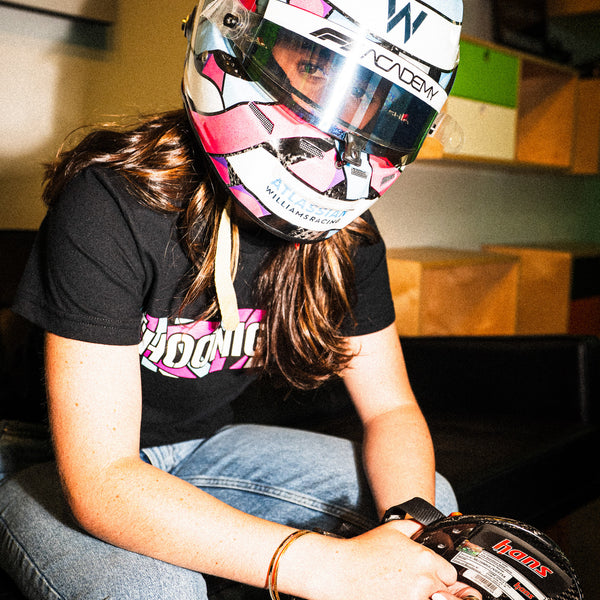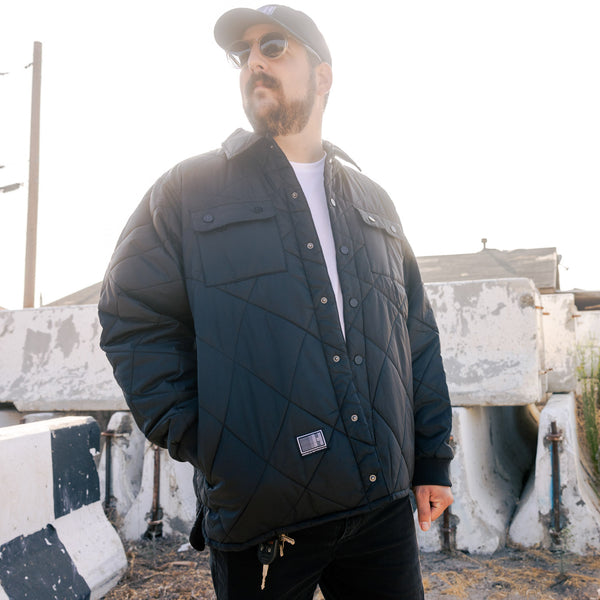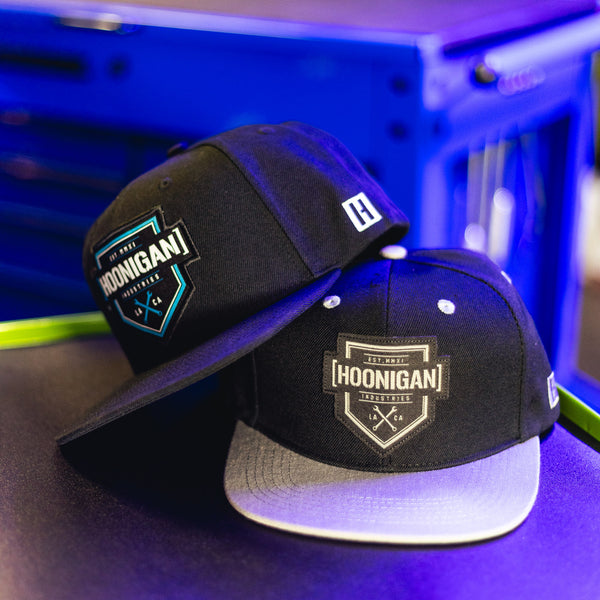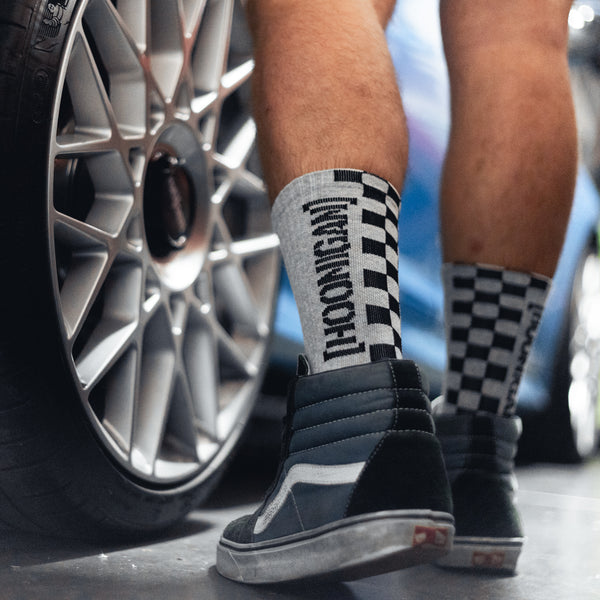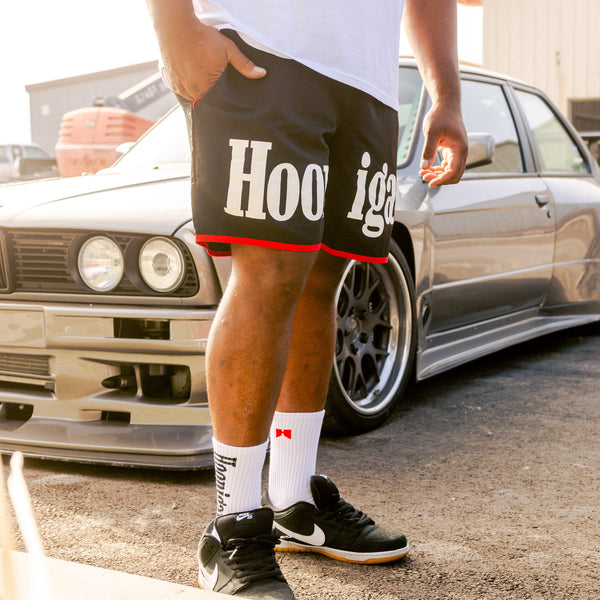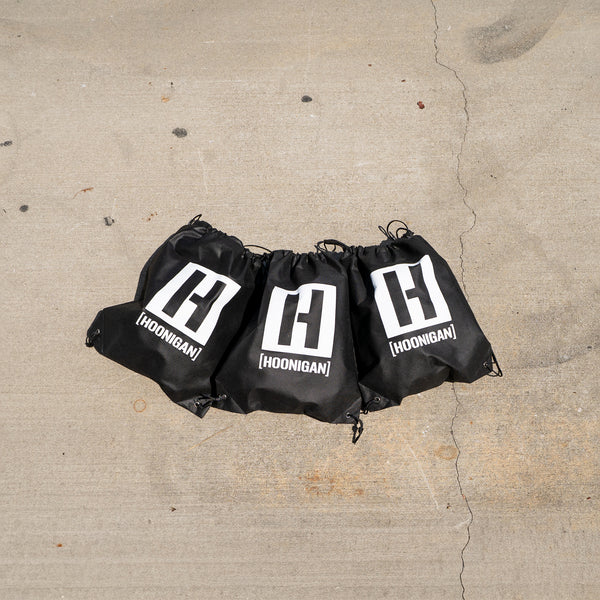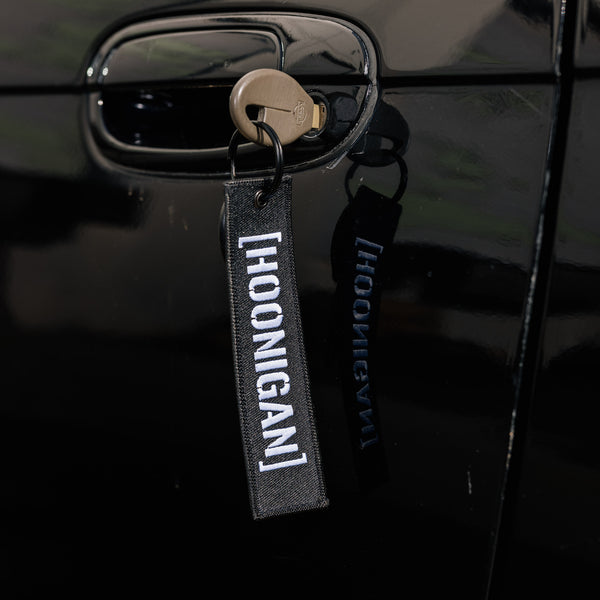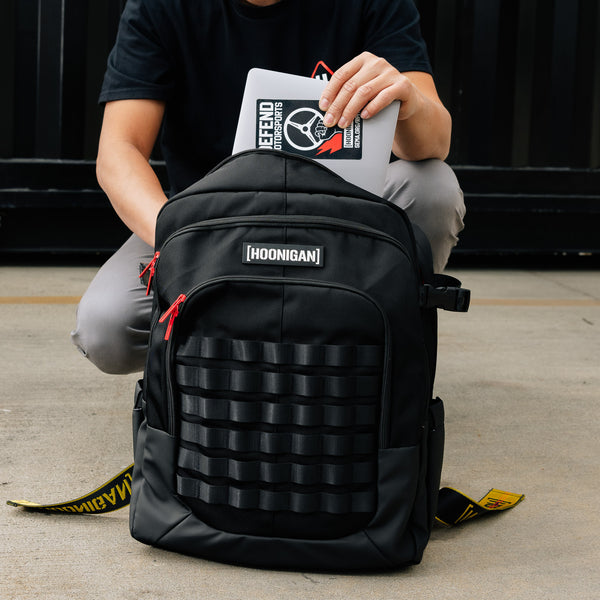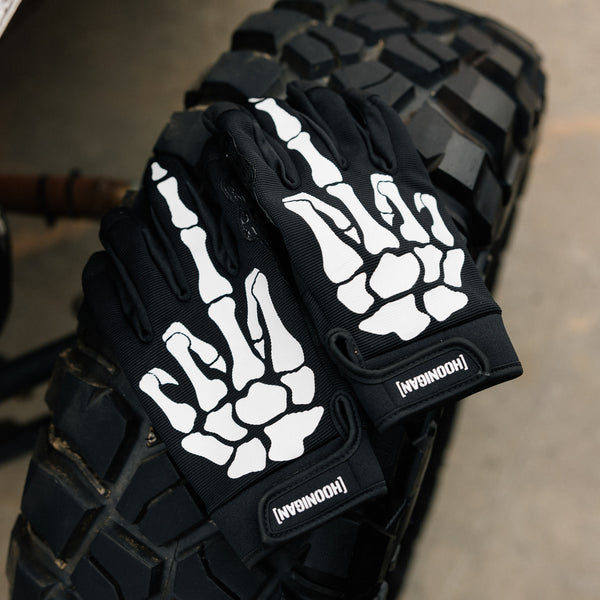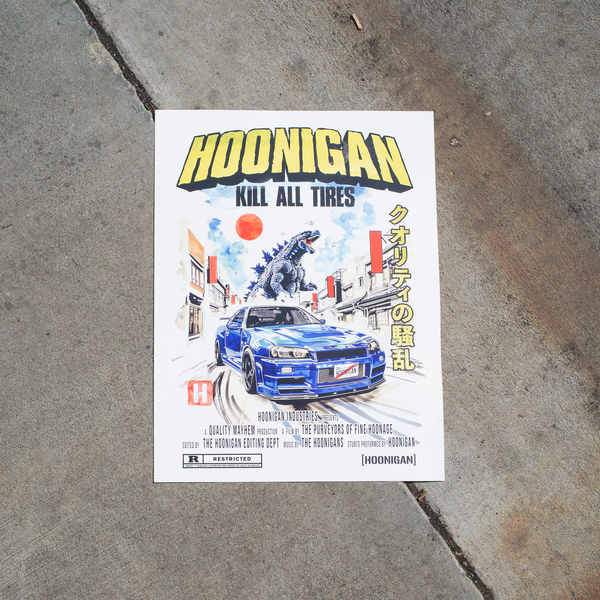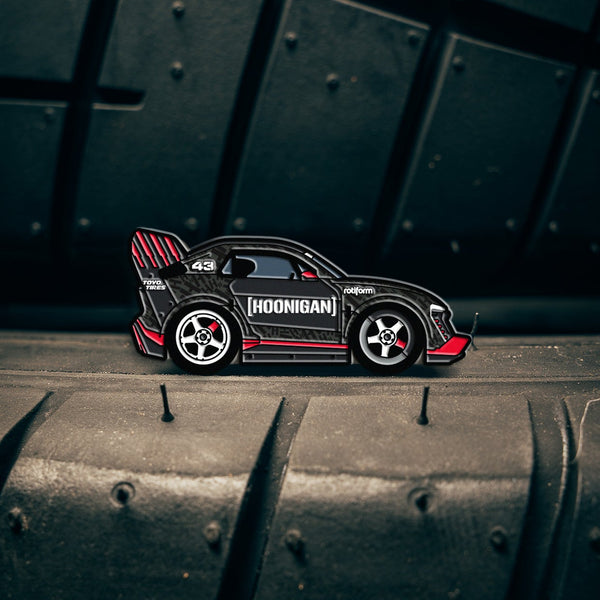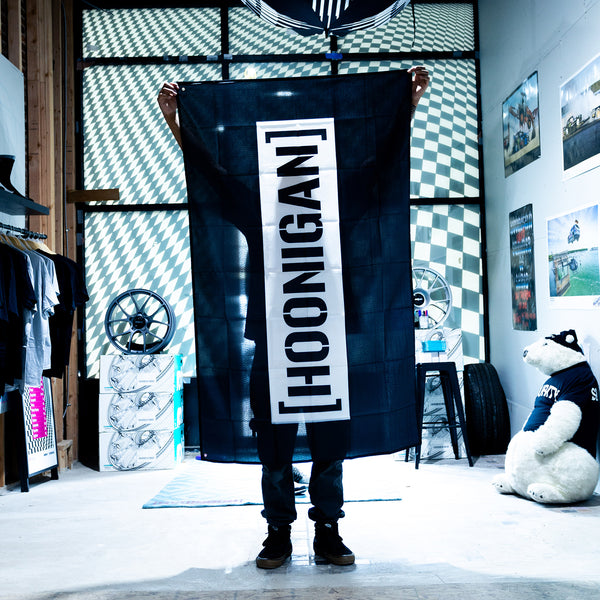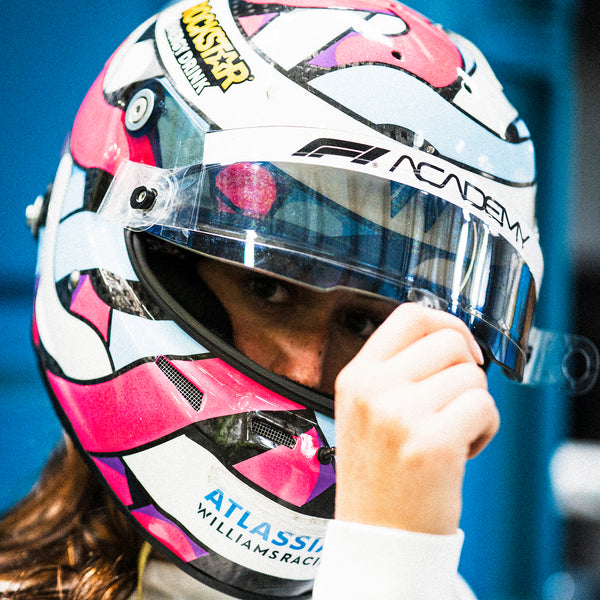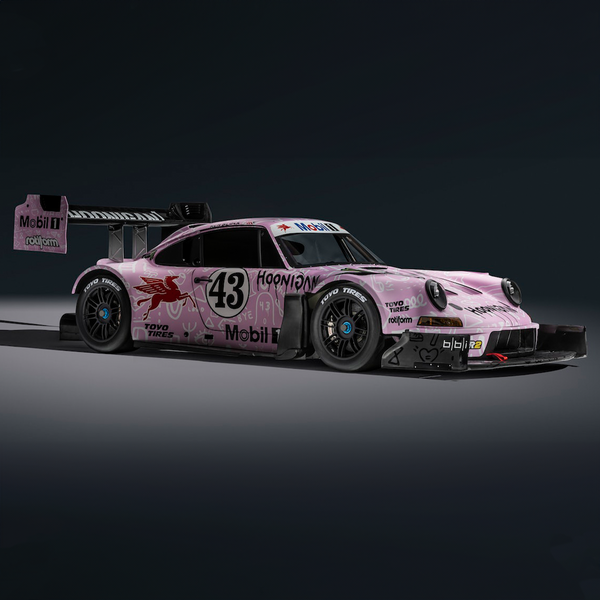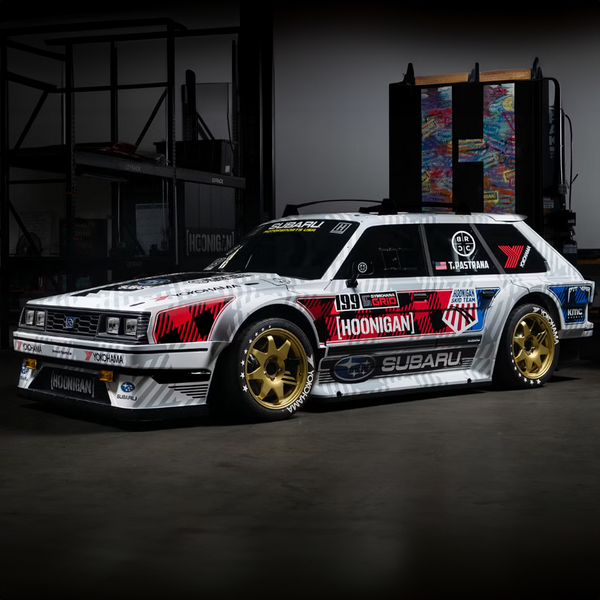While drifting in Japan, Matt Haugen fell in love with larger sedans stuffed with powerful engines. This is the very reason he imported this 1989 Nissan Laurel C33 with an RB25DET swap.
“I started driving in Japan about two years ago,” Matt began when asked about his 89 Laurel, “and I had a car over there, a JZX100, when I was driving at Ebisu. I fell in love with the four-doors by driving that.” When he would come back to the US, Matt wanted to continue driving a Japanese car, but couldn’t import the JZX100 as it was still too new. He eventually traded it for a R32 Skyline that he still uses when he visits the iconic drifting wonderland. That’s what sparked his love for the RB-engine and a car with that very swap.
 |
 |
As he was staying in the US longer, Matt yearned for something JDM to drive and got a Silvia to bring back to the States. However, he just wasn’t feeling it, “It was cool, but it wasn’t too different from a 240SX,” he said, “so one of my friends in Japan connected me with the guy who originally owned this 1989 Nissan Laurel.” He immediately fell in love and the owner made an offer Matt couldn’t refuse. The deal was made, and it was loaded on the next ship bound for the United States.
 |
It ticked all of the boxes Matt wanted to have: RB power, four doors, and a platform unlike anything in the US. The Laurel already had the RB25DET swap, and even better it was built to handle 550 horsepower at the wheels. Some of the parts included an HKS Turbo Kit that included the exhaust manifold, downpipe, and full exhaust system as well as a wastegate. Charged air is cooled by a GReddy intercooler kit with charge piping and a blow-off valve that prevents compressor surge when the throttle body on the GReddy Intake Manifold is closed. The HKS F-Con V Pro ECU controls the injectors and ignition with old-school Japanese precision.
 |
 |
 |
While it looked cool with its one-piece Work Emotion wheels and was pure JDM, it was probably a little too much as the car was setup to drift on the smaller tracks that use up to second gear. It even still had the stock handbrake that Japanese drifters tend to use. Once the Laurel arrived, Matt began to make some changes to suit US drift tracks while still utilizing the built RB25. “It’s not a comp car,” said Matt, “but I wanted it to work with our longer tracks.”
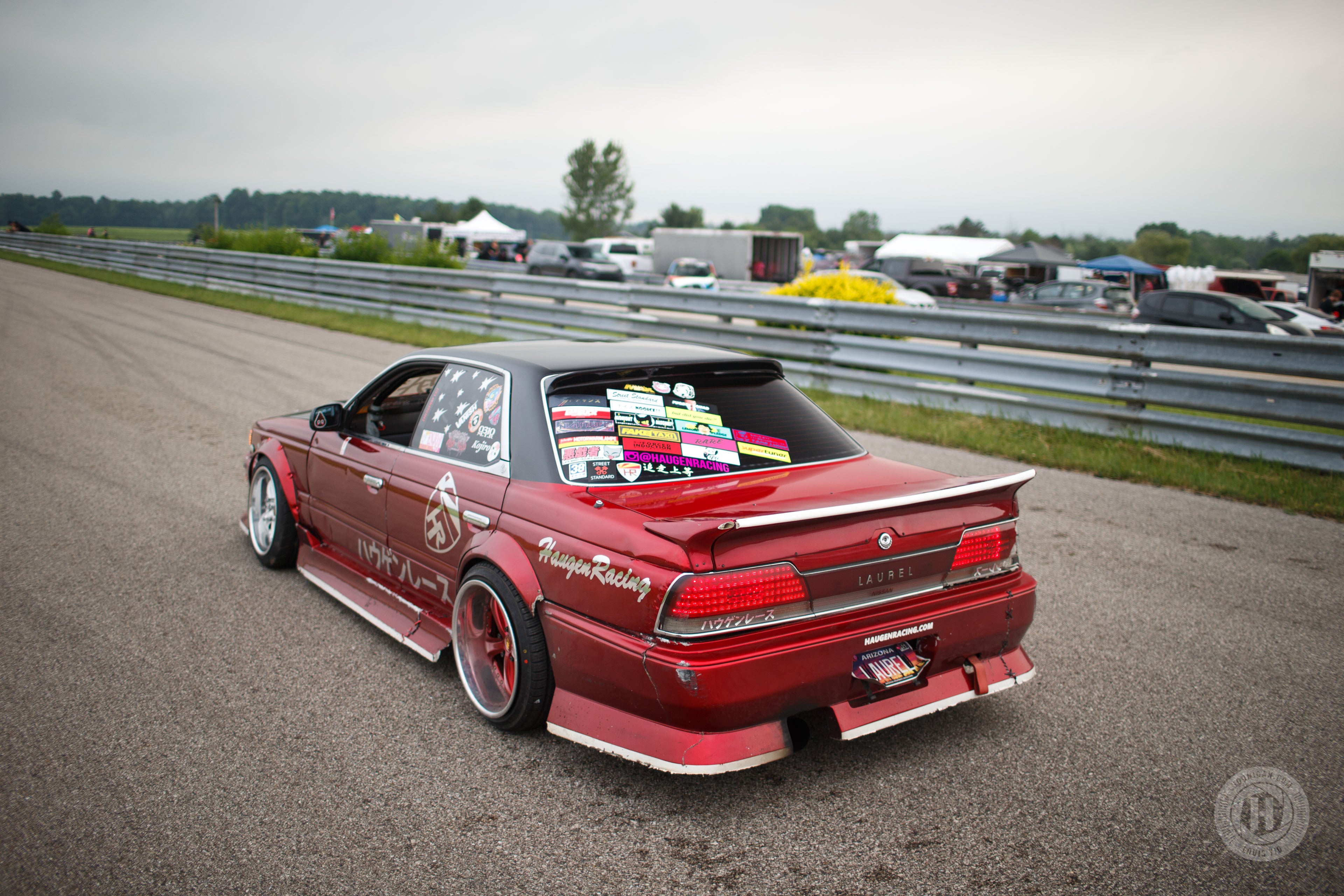
The suspension was changed to make it more adjustable and improve grip, but the car doesn’t use any big angle Wisefab or Parts Shop Max Limit Break kits. The suspension consists of a mix of adjustable arms from Parts Shop Max and Megan Racing connected to the subframe and Parts Shop Max Rear Dual Caliper Drop Knuckle – with two-piston calipers out back, originally intended for the 240SX.
The front is very grassroots style with extended lower control arms and modified stock knuckles with extended tie-rods. However, it does have D-Max D1 coilovers to control the motions of the tires as Haugen drifts courses like Gingerman. If you think it sounds a lot like the mods you’d do to a 240SX, you’d be right. “The suspension parts, subframes, and engine/transmission mounts on the C33 Laurel and 240SX are the same,” said Matt. “It makes getting parts that aren’t cosmetic, quite easy.”
 |
The tires and wheels were also changed to Nitto NT05 tires and Work VS-KF 17x9 with a small spacer to give it a +0 offset to clear the brakes. The rears are 18x11 +0 with 255/35R18 tires, but Matt usually favors what’s most affordable. With his rear suspension setup, even these cheap tires will keep up with guys running higher cost and higher-grip tires. “If I put race tires on it,” says Matt, “it wouldn’t work because there would be too much grip. With boost coming in at 4500rpm, it wouldn’t spin them.”


The old Bride seats and Nismo harnesses were removed and replaced with new Brides, Takata harnesses, and a Vertex steering wheel to fit Matt’s needs. The stock hand brake was removed, and a hydraulic replacement was installed with his signature – and real – katana handle to lock the secondary rear calipers. Other personal changes are the paint scheme and a lot of decals on the front windshield. That’s just Matt’s signature style.
 |
Despite how hard it is to get exterior parts for the Laurel, Matt still isn’t afraid to tandem and put it near or sometimes even on the wall. However, he does concede that he’d like to be able to get those cosmetic parts a little easier. You’re probably asking why he doesn’t get parts from Canada, well, despite their far laxer import laws; the C33 isn’t as popular there. “It’s very, very popular to use a C33 in Australia,” says Matt, “So, I can find parts there and Japan but just getting a single door to the US is nearly $1800 in total cost. For about $4000, I can buy a whole car and import it here for spare parts and come out ahead.” Which is potentially what he may do as, even driving at his best, parts still break, bend, or just plain get damaged from heavy use.
 |
 |
 |
If you’re familiar with Matt, you know that he used to drift in the southwest with a couple of Formula Drift Pro-Am series. So, you’re probably wondering why he even went with the Laurel when he had a Genesis coupe with a GM LS-V8 mostly under that hood. Well, unfortunately that car just wasn’t competitive. It was fast and made plenty of power, but the parts that were made for it just weren’t made for that kind of power and would constantly break when loaded up under torque.
Much of Matt’s Genesis chassis parts were made by him but having to split his time as fabricator, R&D, and driver just didn’t allow him to drive the way he needed versus guys in cars with more available and researched parts. It was a shame as, when the car would hold together, his time spent in Japan showed in his own driving.
The Laurel also forces Matt to drive differently and not just because he wants to take care of the body parts. “There are challenges, but they are good challenges,” says Matt, “It’s an old engine with an old-school journal bearing turbo that doesn’t have anti-lag or even a two-step. I literally don’t hit boost until 4500rpm.” It challenges him to drive the car against others with better engine setups or even V8-swapped cars.
Matt has to use its momentum as well as clutch kicking and slipping to keep the Laurel in its powerband, as opposed to the instant power and torque of a V8 or ball-bearing turbo setup with anti-lag. “It’s not on Wisefab, it’s not on a Limit Break kit,” he continued, “it’s using an old-school, back yard S-chassis angle solution. It’s a hard car to drive and if you can drive this car well, you’ll learn how to drive a car with more angle and power better and harder.”
It’s also not like he’s telling everyone in a Formula Drift Pro car that they need to come back to that. “I have the Laurel as somewhat of a practice and demo car,” he says, “and I’m building a Pro car. I have a car that’s going to have a LS-engine with a Wisefab kit and G-Force transmission. Those are crutches, but the Laurel doesn’t have those crutches, it will push and test you. It will make you drive a Pro car better.”
This C33 Laurel may look beat up, but it’s a good type of beat up that will eventually get replaced by new parts outside the chassis. Meanwhile, this car is pushing Matt’s talents to make him an even better driver so that when he gets into Formula Drift Pro competition with his new car, he’ll be ready behind the wheel. He’ll push his Pro car just as hard as his Laurel and that will be something to watch when he makes his Pro debut.
Owner/Driver: Matt Haugen @haugenracing
Car: 1989 C33 Nissan Laurel
Engine/Powertrain: RB25DET, HKS turbocharger, exhaust manifold, downpipe, exhaust system, wastegate; GReddy intercooler kit, charge piping, blow-off valve, intake manifold; Nissan R200 Non-VSLD differential
Transmission: Nissan FS5R30A
Exterior: N/A
Interior: Bride seats; Takata harnesses; Vertex steering wheel
Electronics: HKS F-Con V Pro ECU
Wheels/Tires: Work VS-KF 17x9 front, 18x11 rear; Nitto Tires NT05 front, 255/35R18 rear tires
Instagram: Lusciousy
Louisyio@gmail.com
























































